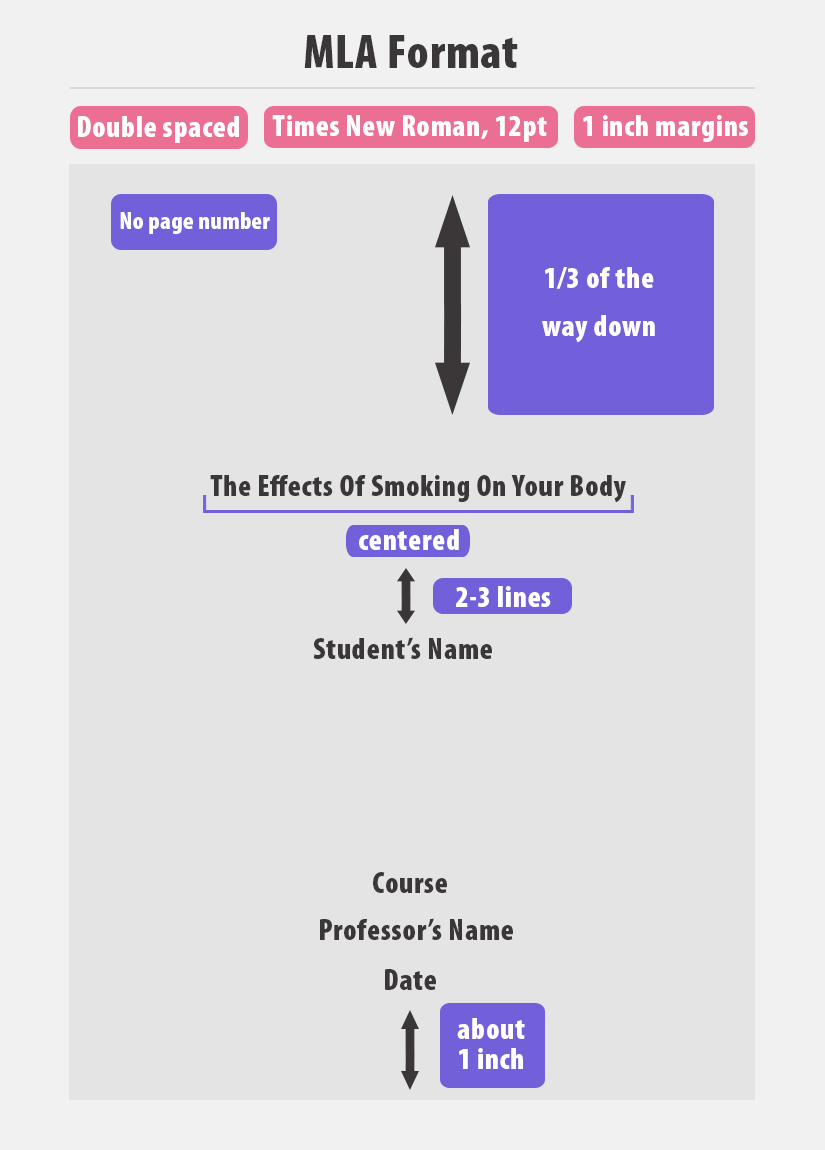Writing a Research Statement: How To, Tips and Tricks
April 30, 2020

If you are reading this blog post, you are probably interested to learn how to do an excellent job at writing a research statement. In most cases, students need to write this paper as part of their post-undergraduate study application. Even though it sounds like a very complex piece of academic writing, the research statement is certainly not that difficult to write. However, you need to understand what it is and its purpose. Also, you need to learn a few tips and tricks about the writing a statement of research interests. Our advice and information will be extremely valuable, so read on and find answers to all your questions!
Part I: What Is a Research Statement?
Many students are looking for thesis statement examples for research papers, thinking it will help them write a better research statement. There is no need for this. Let’s explain. To do this, we need to start with the beginning: what is a research statement? Basically, it is a short document that presents the main three aspects of your research experience: past, present and future. This document must clearly present your past research to the committee, as well as the research you are currently working on and the research you are interested in pursuing in the near future. Your interests and past experience are of great importance to the committee, so the research problem statement must be clear, concise and very well written.
Part II: The Importance of the Research Statement Paper
Working on your statement of research can take weeks, if not months. And truth be told, creating an impressive research purpose statement takes quite a bit of effort. After all, it is a very important document. Here are some of the reasons why:
- Your research interest statement is reviewed by a commission when you apply for a faculty position, or for various graduate programs.
- The problem statement in research is difficult to write because you need to talk about past, present and future research in the same paper.
- The committee will use the past experience you list in your document to decide if you are a good fit for their institution.
- The research statement clearly describes your interests and your goals. These are always taken into consideration if you are applying for a faculty position.
Part III: Read a Research Statement Example Right Now
We are certain you’ve already tried to find a great research statement sample on the Internet by now. This is, after all, the easiest way to get an idea about how the final document should look like. People who read a correct example are able to write a better academic paper. However, getting your hands on a top quality research statement example has probably proven to be a daunting task. We’ve even seen a statement of research interests sample that lacked a thesis statement. It’s clear that many of the examples you find online are unreliable and – quite frankly – very poorly written.
This is why, considering the importance of this academic paper, we advise you to get professional help. You can learn how to write a thesis statement for a research paper. You can learn how to structure your statement and how to include the most important information. However, can you really write an exceptional paper? Admission committees are extremely strict. They expect nothing short of perfection. With this in mind, your best option is to work closely with a seasoned academic writer to develop an extraordinary paper (and an impressive research paper thesis statement). You want to stand out from the crowd, believe us!
Part IV: Questions, Tips and Tricks
Learning how to write a research statement is not difficult. There are just five sections, so you can safely use the five paragraph essay structure:
- Introduction – describe who you are and why the committee should pay attention to you. Also include the thesis statement for research paper here.
- Past Research – describe the history of your past research. Try to present successful projects as much as possible.
- Present Research – show your audience what research you are currently involved in. What are you trying to solve right now?
- Future Trajectory – what questions do you want to answer next? In what area or areas can the institution you are applying to can help you?
- Conclusion – make sure you make it punchy, but stick to the point.
Reading some great research problem statement examples can help you tremendously. Also, learning as much as possible about the research statement format is advised. However, these steps will not miraculously make you a research statement genius. This is why we advise you to get some assistance from a professional writer.
If you want to do the best possible job all by yourself, make sure you learn how to write research statement from reputable sources. Most people ask us how long should a research statement be. Fortunately, you don’t have to write more than two pages. In most cases, a research statement should be between one and two pages, single-spaced. Depending on the margins you use, this translates to anywhere between 700 and 1,200 words. It’s not a lot of text, but it is extremely important to keep in mind that you must make every word count.
Avoid fluff and filler words. Don’t beat around the bush. Present your past, present and future research projects; impress your audience. That’s it!
Take a break from writing.
Top academic experts are here for you.
- How To Write An Autobiography Guideline And Useful Advice
- 182 Best Classification Essay Topics To Learn And Write About
- How To Manage Stress In College: Top Practical Tips
- How To Write A Narrative Essay: Definition, Tips, And A Step-by-Step Guide
- How To Write Article Review Like Professional













